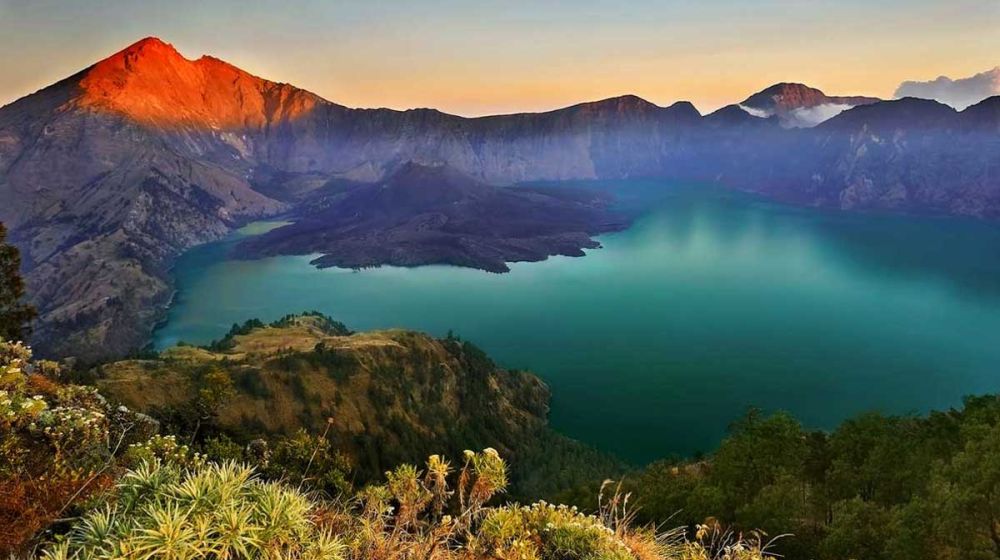

The ideal time to trek and explore Mount Rinjani, one of Indonesia's most famous volcanoes, is during the dry season, which spans from late April to early October. During these months, the weather is predominantly dry with less risk of rain, allowing for safer and more comfortable trekking conditions. Trekking tracks are open and generally more accessible, and the views from the mountain are both clearer and more breathtaking due to the reduced haze. Moreover, the dry season features cooler temperatures at higher altitudes making it a refreshing time for hikers to scale the peaks.
Specifically, the optimal months within this period are May, June, and September, just before and after the peak tourist season in July and August. Visiting during these shoulder months can mean a less crowded experience, with more chances to enjoy the tranquil natural beauty of Mount Rinjani without the high-season influx of tourists. However, always remember to check current conditions before planning your trek as the mountain sometimes closes in response to volcanic activity or potential safety concerns. It's also beneficial to collaborate with reputable trekking companies that will keep you updated on the latest information regarding Mount Rinjani's trekking status.
| Month | Min Temp | Max Temp |
|---|---|---|
| January | 22 °c | 30 °c |
| February | 22 °c | 30 °c |
| March | 22 °c | 30 °c |
| April | 21 °c | 31 °c |
| May | 21 °c | 30 °c |
| June | 20 °c | 29 °c |
| July | 19 °c | 28 °c |
| August | 19 °c | 28 °c |
| September | 20 °c | 29 °c |
| October | 21 °c | 30 °c |
| November | 22 °c | 31 °c |
| December | 22 °c | 31 °c |